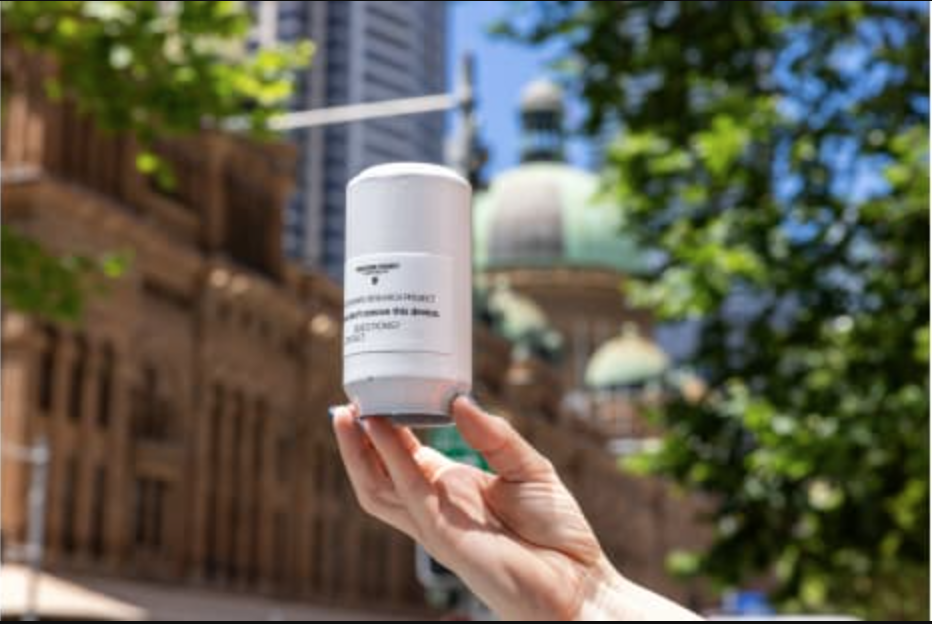

by GRACE JOHNSON
In an effort to combat the adverse effects of rising temperatures, City of Sydney is helping prepare the local community for hotter summers.
200 bespoke temperature gauges will be placed across the City of Sydney area to measure local heat island areas.
Structures like buildings, roads and other infrastructure absorb and re-emit the sun’s heat more than natural landscapes, creating the ‘heat island’ effect.
The study will be carried out with Western Sydney University and will focus on mapping air temperatures across the area throughout the summer.
Lord Mayor Clover Moore AO said, “We are in a climate emergency. This year is on track to be the hottest Australia has ever experienced. Our climate is trending warmer and the weather is becoming more extreme, so we must prepare and adapt.”
“This important study will identify microclimates and help us understand where we can concentrate the most appropriate heat adaptation actions. It’ll also help us understand what is working already and inform the development of more cooling strategies to help our communities mitigate the worst impacts of rising temperatures.”
The heat gauges will also look at the thermal performance of the few natural “assets” in the area.
Air temperature loggers used in the study will reportedly be shielded from direct solar radiation inside reusable and passively ventilated white aluminium cans. They will also be placed in areas with varying levels of canopy cover, as well as near hard infrastructure like roads and buildings, to measure the different temperatures found throughout the city.
They’ll mainly be placed in trees mainly and will record temperatures every 10 minutes. The study runs until March 2024, by which time the loggers will have provided more than 3 million data points.
Project lead researcher Dr Sebastian Pfautsch from the Urban Transformations Research Centre at Western Sydney University has studied the impacts of summer heat for years in the western suburbs, where temperatures soar.
“It is absolutely necessary to begin benchmarking the impacts of heat in the eastern part of our great city,” Dr Sebastian Pfautsch said.
“Without a refined understanding of the urban microclimate, its hotspots and cool zones, workers and local populations are left defenceless when extreme heat strikes. The question is not if the city centre will ever see 45°C, but rather how well the city is prepared to care for its people when the mercury hits new records.”









